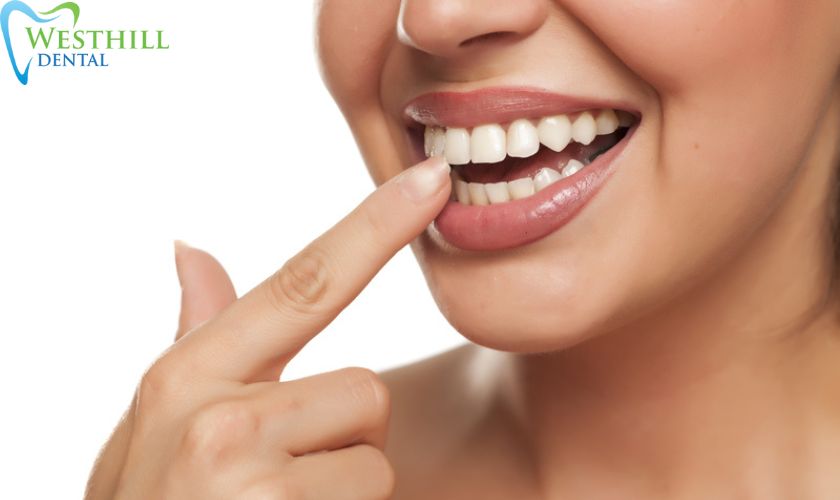Have you ever looked in the mirror and noticed a chipped tooth staring back at you? It’s a common issue that many people face at some point in their lives. Whether it’s from biting down on a hard object, a sports injury, or simply an accident, chipped teeth can be a source of discomfort and self-consciousness. But fear not, because modern dentistry offers a fantastic solution: tooth bonding. In this article, we’ll delve into the world of tooth bonding, exploring what it is, how it works, its benefits, and why it might be the perfect choice for repairing your chipped teeth.
Understanding Tooth Bonding: A Quick Overview
It’s also known as dental bonding, is a non-invasive cosmetic dental procedure designed to repair minor dental imperfections, such as chipped or cracked teeth, discoloration, and gaps between teeth. It involves the application of a tooth-colored composite resin material to the affected tooth or teeth, which is then sculpted, shaped, and polished by a skilled dentist. This process effectively “bonds” the resin to the tooth, resulting in a seamless restoration.
The Procedure: Step By Step
1. Consultation and Shade Matching
The journey begins with a consultation with your dentist. They will assess the extent of the damage and discuss your goals. During this session, the dentist will also determine the shade of the composite resin that best matches your natural tooth color.
2. Tooth Preparation
Unlike some dental procedures that require significant enamel removal, tooth bonding usually requires minimal alteration of the tooth’s surface. Your dentist will roughen the tooth slightly and apply a conditioning liquid to ensure a strong bond between the resin and the tooth.
3. Application of Resin
The dentist will apply the chosen resin onto the tooth and carefully mold it into the desired shape. This step requires precision and artistry to achieve a natural look.
4. Curing
Once the resin is shaped correctly, a special ultraviolet light is used to harden and “cure” the material. This makes the resin durable and long-lasting.
5. Finishing Touches
After curing, the dentist will further shape and polish the bonded tooth to make it indistinguishable from the surrounding teeth. This attention to detail ensures a seamless and attractive result.
The Benefits Of Tooth Bonding
Tooth bonding offers a range of benefits that make it an appealing choice for repairing chipped teeth:
- Cost-Effective: Compared to more extensive treatments like dental veneers or crowns, tooth bonding is relatively cost-effective.
- Minimal Enamel Removal: Preserving natural tooth structure is crucial for long-term oral health, and tooth bonding requires minimal enamel removal.
- Speed and Convenience: The entire bonding procedure can often be completed in a single dental visit, saving you time and hassle.
- Natural Appearance: Modern composite resin materials are designed to mimic the appearance of natural teeth, ensuring a seamless blend.
- Non-Invasive: No surgery or major alterations are needed, making tooth bonding a non-invasive option.
Chipped teeth no longer need to be a cause for concern. Tooth bonding offers a practical, cost-effective, and aesthetically pleasing solution for repairing minor dental imperfections. With its quick procedure and impressive results, It can restore your smile and boost your confidence. So why wait? Consult your dentist and explore the world of tooth bonding today.


